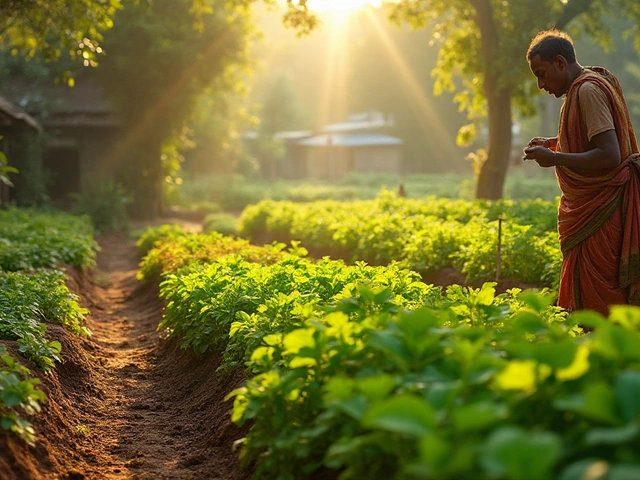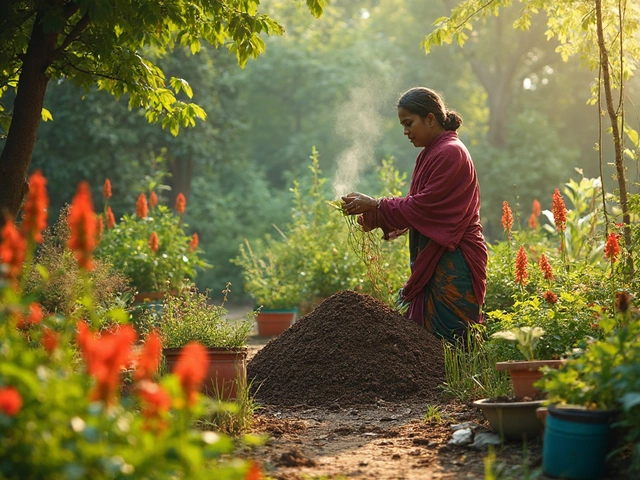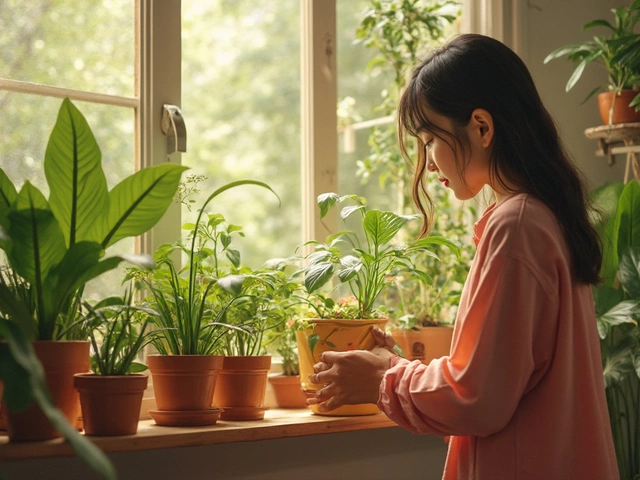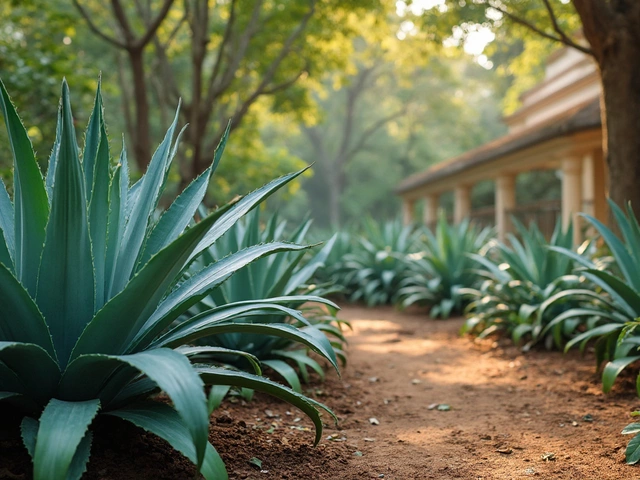Bad Dirt – Simple Fixes for Poor Garden Soil
Ever feel like your garden just won’t grow no matter how much you water or fertilize? Chances are you’re dealing with bad dirt. It’s not magic – it’s usually compacted, nutrient‑poor, or water‑logged soil that chokes roots. The good news? You can turn that sad soil into a happy, productive medium without spending a fortune.
Why Bad Dirt Happens
Bad dirt is usually the result of one or more of these common culprits:
- Compaction: Heavy foot traffic, wheelbarrow wheels, or clay‑rich ground squeezes pores shut, so water and air can’t reach roots.
- Low organic matter: When you keep adding the same mineral fertilizer, the soil loses its natural structure and becomes hard and lifeless.
- Improper drainage: Too much water sits on the surface or pools around plants, leading to root rot and nutrient lockout.
- Wrong pH: Some soils become too acidic or alkaline, making it hard for plants to absorb essential nutrients.
Identifying which of these issues you face is the first step. A simple squeeze test (feel how easily a handful of soil breaks) and a quick pH strip can give you a clear picture.
Practical Ways to Transform Your Soil
Once you know what’s wrong, you can start fixing it. Here are the most effective, budget‑friendly tricks:
- Aerate and loosen: Use a garden fork or a broad‑pronged aerator to poke holes 6‑8 inches deep. This opens pathways for air and water. If the soil is really tough, do it when it’s moist but not soggy.
- Add organic matter: Spread a 2‑3 inch layer of compost, well‑rotted manure, or leaf mold. Mix it in with the fork. Organic material improves structure, holds moisture, and feeds microbes that keep soil healthy.
- Install drainage solutions: For persistent water pooling, dig shallow trenches filled with coarse sand or small gravel. This creates a quick‑drain path and prevents root‑rot hotspots.
- Adjust pH naturally: If the soil is acidic, sprinkle a thin layer of garden lime; if it’s alkaline, add elemental sulfur. Work it in gently and re‑test after a couple of weeks.
- Mulch for protection: A 2‑inch mulch blanket of straw, wood chips, or shredded bark stops crust formation, keeps moisture steady, and adds more organic matter as it breaks down.
- Rotate crops and use cover crops: Plant legumes or clover during off‑seasons. They fix nitrogen and break up compacted layers with their roots.
These steps don’t need a professional crew – a weekend of focused work can change bad dirt into fertile ground. Remember, soil improvement is a gradual process. Re‑check the soil every few months and keep adding organic matter to maintain a fluffy, life‑supporting environment.
Bad dirt might feel like a setback, but with the right tweaks you’ll see greener leaves, stronger stems, and better harvests in no time. Start with the simplest fix—add compost—and watch the transformation happen.
How to Make Bad Dirt Good: Simple Fixes for Tired Garden Soil
Struggling with hard, lifeless, or sandy soil? Turning bad dirt into rich, productive garden soil is easier than you think. This article covers concrete tips for fixing stubborn dirt, signs your soil needs help, and how anyone can grow better plants with a few cheap tricks. You’ll learn how compost, cover crops, and some everyday kitchen scraps can make a bigger difference than most store-bought mixes. Skip the guesswork and follow these practical steps to healthier garden beds.
About
Soil Improvement
Latest Posts


Best Locations for Your Kitchen Garden: Tips and Ideas
By Alden Thorne Jan 11, 2025

How to Make Your Own Cheap Soil for Gardening
By Alden Thorne Apr 11, 2025

How Often Should I Water Houseplants? Practical Indoor Plant Care Tips
By Alden Thorne Jun 2, 2025

